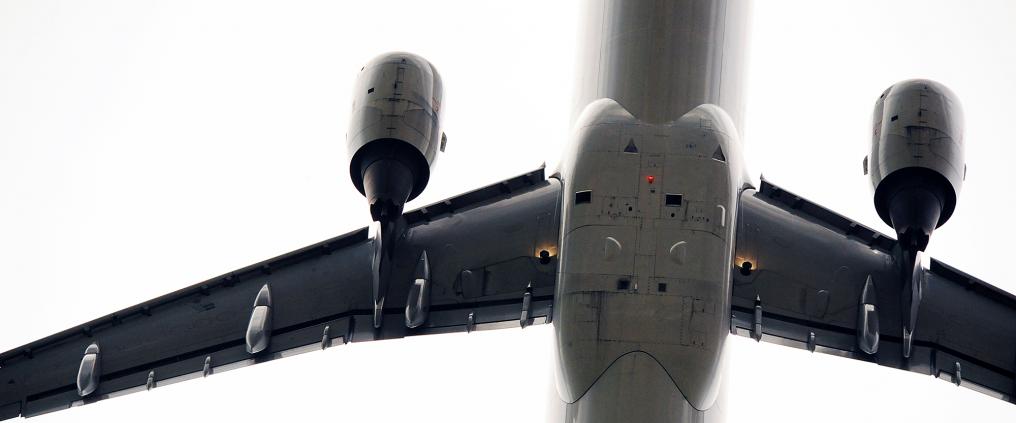Wingtip vortices are circular patterns of rotating air left behind aircraft wings. Here are a few facts about these small, tornado-like trails.
1. The vortices are caused by a pressure imbalance
The vortices are created at the plane’s wingtips as the wings generate lift. The lower pressure air above the wing and the higher pressure air below seek to balance out, which causes the spiraling air flow.
The vortices can continue spiraling in the air even minutes after an aircraft has passed.
Usually wingtip vortices are invisible, but if there is enough humidity in the air, water may condense in the core of the vortices, making them visible. They should not, however, be confused with condensation trails, caused by the water vapors in engine exhaust.
2. Heavy aircraft produce strong wingtips vortices
The heavier the aircraft, the stronger the vortices it creates. Planes are divided into three different wake turbulence categories according to their weight: heavy, medium and light.
Predicting wingtip vortices is relevant for aviation safety, as the vortices left behind by large aircrafts can cause strong wake turbulence.
If a light aircraft immediately follows a heavy plane, the wake turbulence can roll the light aircraft faster than can be resisted. Especially during takeoff and landing, this could lead to dangerous situations.
3. Separation is ensured to avoid hazards
To avoid the possible hazards of wingtip vortices, air traffic controllers make sure adequate separation between departing and arriving aircraft.
The safe separation of aircraft is done based on their wake turbulence categories. If a light plane is taking off behind a heavy one, the minimum separation can be up to eight nautical miles.
4. Winglets reduce vortices
Many aircraft models today have upward pointing “winglets” at the tips of their wings to reduce the formation of vortices. As wingtip vortices create drag, winglets can increase the aircraft’s lift and improve fuel efficiency.



